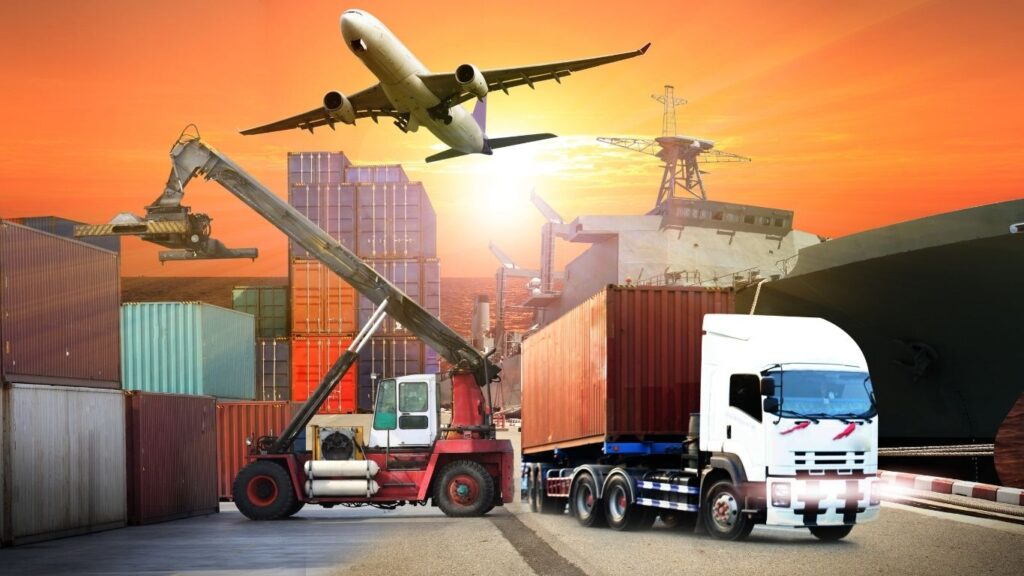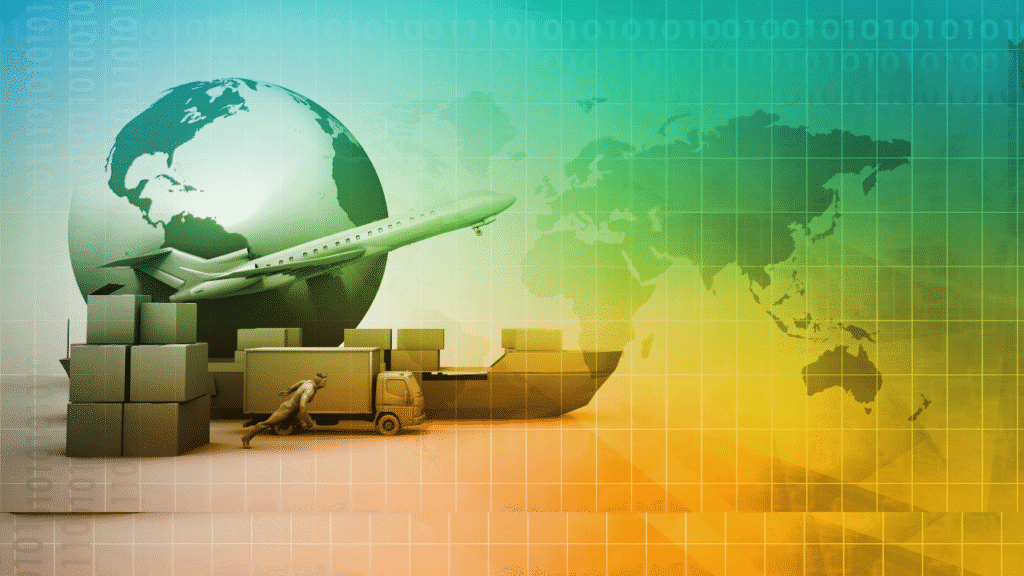Introduction
Supply chains, by their global nature, have always been complex. However, digital evolution and post-pandemic developments have exposed harsh realities to these value chains, as most of what used to work in these chains no longer seems to be working, resulting in a series of disruptions, with the emergence of greatly elevated customer expectations. Uncover the impact of AI in supply chains. Learn how advanced technologies optimize processes, reduce costs, and improve decision-making in logistics.
AI is not some abstract theory of the future; it exists here and now in the world of supply chain management. Barring a few exceptions, the implementation of AI-based supply chain solutions assures that businesses will save costs and operate more efficiently, thus forging ahead to gain a significant competitive advantage in today’s fast-paced global marketplace.
What Is AI in Supply Chain Optimization?
Optimization performed by AI technology includes those technologies that reduce the supply chain processes’ efficiency, precision, and resiliency, like deep learning, machine learning, and predictive analytics, among others.
Unlike the traditional methods which depended heavily on historical data and static models, AI systems usually operate as continuous learning and adapting systems. AI analyses huge data sets in real-time and provides actionable insights that enable firms to better forecast demand, automate operations, and minimize errors, all while acting efficiently upon changes in market conditions.
Need for AI in the Supply Chain
A new supply chain is large, crosses continents, and involves innumerable associates with large amounts of cargo moving simultaneously. The reliance solely on human judgment or rule-based systems makes such decisions inefficient and hugely costly in delays.
The growth in importance of AI supply chain optimization is therefore justified by:
- Routine decision-making: AI assimilates real-time data from multiple sources—IoT sensors, ERP systems, customer demand signals—and can process such data simultaneously for immediate decision-making.
- Scalability: AI systems can configure themselves without human intervention or over-configuration and manage millions of variables.
- Accuracy: Over time, machine learning algorithms get constantly improved, which spells higher accuracy in forecasting through less occurrence of stockouts.
- Risk Management: AI can detect trends and signals that suggest the existence of risk or disruption and prescribe strategies for resolution against them.
Key Areas Transformed by AI in Supply Chains
a. Demand Forecast
AI enhances demand prediction accuracy by including historical sales figures, trends, and seasons within a marketplace, and even sentiment analysis of social media. The old methods were generally wrong and static.
- Upon the improvement of demand forecasting come several downstream advantages:
- Better customer satisfaction due to product availability
- Less excess stock
- More efficient planning for production
b. Inventory Management
AI helps with the optimization of inventory levels by predicting product demand and synchronizing the timing of stock replenishment with real-time data.
Key Aspects:
- Prevent overstock or understocking
- Dynamically allocate inventory across various warehouses
- Automated reorder point using machine-learning algorithms
c. Route Optimization
AI-powered route planning software would consider all traffic patterns, fuel costs, weather conditions, and delivery windows when identifying the delivery route that is optimal.
Benefits:
- Reduced transportation costs
- Timely delivery
- Reduced carbon footprint
d. Procurement and Supplier Management
AI infers supplier performance, price movements, and geopolitical risk factors and generates technologically advanced decisions in the procurement process.
Outcomes:
- Better contracts
- Reduced disruptions
- Better relations with suppliers
e. Warehouse Automation
With AI robots and managing warehouse systems, the entire selection, packaging, and sorting processes by the enterprise would be automated and measured for performance throughput.
Advantages:
- More order fulfillment accuracy
- Lower labor costs
- Better space utilization
f. Real Time Tracking And Monitoring
AI integrations on GPS, RFID, and IoT devices provide end-to-end visibility for all goods.
Case Uses:
- Temperature monitoring for perishable goods
- Tracking delivery trucks in real-time
- Alerts on delays or route changes
Advantages of AI Supply Chain Optimization
AI supply chain optimization shall benefit modern-day businesses in so many ways.
- Cost Reduction: The companies now understand that automation, accurate forecasting, and optimized logistics are the best means to ensure the reduction of operational costs.
- Increased Efficiency: While taking care of repetitive tasks, AI gives professionals a chance in the supply chain to focus on strategic decision-making.
- Increased Accuracy: Predictive models will produce a qualitative leap in forecasting: better forecasts and less human error.
- Customer Satisfaction: Customer experience is guaranteed via fast deliveries, receiving orders with minimal out-of-stock cases, and real-time tracking of those orders.
- Flexibility and resilience: AI reacts with instant suggestions for correcting systems whenever demands or supplies change.
- Sustainability: Routes optimized and inventory accurately managed will lead to waste and emission minimization.
Real-world applications: Along with Case Studies
Amazon
Since robots operate in warehouses, ensuring management, proper tracking, and operational assurance of data integrity contributes to delivering cost benefits to these measures.
DHL
DHL utilizes AI algorithms as a means of predicting outputs through better systems management of shipping routes, providing anticipation of disruptions, and dynamically altering the shipping plans on the packages themselves.
Walmart
Walmart systems, relying upon AI, explore how customers make purchases to help improve product stock in stores and warehouses. The urge in these areas has brought an even greater investment in predictive analytics to help with a better bottom line through reduced waste and more product availability.
AI Tools and Technologies to Aid in Supply Chain Optimization
Machine Learning (ML)
- Machine learning examines and learns from the knowledge without being programmed about it.
Natural Language Processing (NLP)
- This provides a means of understanding and analyzing texts that are unstructured: opinions from customers or supplier emails.
Computer Vision
- In automated warehouses, computer vision provides useful services such as object detection, barcode scanning, and quality assessment.
Predictive Analyses
- It is possible to use predictive analytics to forecast needs, disruptions to the supply chain, and customer behavior on some real-time historical data.
Robotic Process Automation (RPA)
- RPA is applied to automating rather boring things, such as processing invoices, entering orders, and notifying shipments.
Challenges of AI Implementation in Supply Chains
As for obstacles to AI optimization added value, below are some that fulfill this description:
Quality of Data and Silos
- AI systems need clean data that remains coherent and in large volume. System fragmentation is an eroding factor towards efficiency in AI.
The High Cost of Implementation
- While custom AI solutions are expensive, it is expected that their implementation and maintenance cost will in no time recover their ROI.
Lack of Talent
- Massive demand is outstripping aspirants for data scientists, AI engineers, and supply chain-related jobs.
Change Management
- Change is resisted within organizations to an organization with old practices of making decisions from the new AI-based decision-making.
Ethical and Regulatory Concerns
- Many ethical issues must be adroitly addressed, particularly those that invoke data privacy, algorithmic bias in AI, and employment-related issues.
Future Aspects of AI Supply Chain Optimization
AI supply chain optimization is growing rapidly. A few trends for the future are:
Autonomous Supply Chains
- An entirely automated supply chain uses AI and robots to procure, work off the process cleanly, and deliver on its accord without human intervention.
Prescriptive Analytics
- Taking order from predictive to prescriptive, AI will guide the way to optimally support decision-making.
Collaborative AI
- AI platforms will collaborate across integrated networks of suppliers, manufacturers, and distributors to provide shared visibility and decisions.
Quantum Computing
- Quantum AI codes will help logistics by determining the most complex optimization problems in very short time levels.
Hyper-Personalization
Essentially, AI will be used to hyper-personalize supply chains in real-time for each customer preference, fundamentally changing customer experience.
Conclusion
Supply chain optimization driven by AI is not a trend; it is a foundation on which present global logistics are standing to be efficient and resilient. It may, however, with a brighter future, evolve in speedy terms and thus enable companies to forecast, adjust, and optimize sooner than they have operated.
Timid organizations may witness AI transmute their nimbler counterparts into cost-effective undertakings with satisfied users. Bringing up to date and shining bright with a future of intelligence and automation to set up the pack AI, fundamentally transform the Global Supply chain landscape in order to change.



